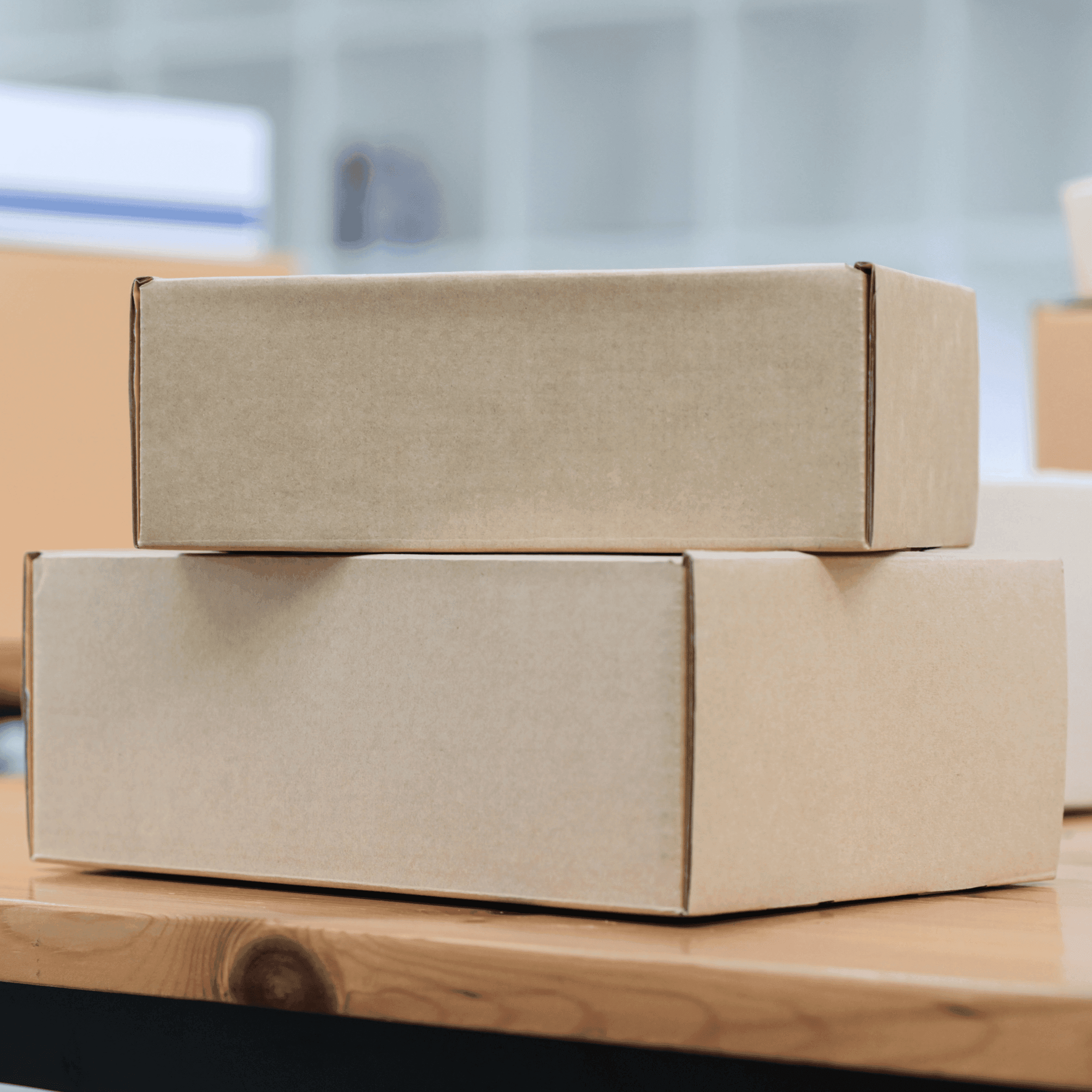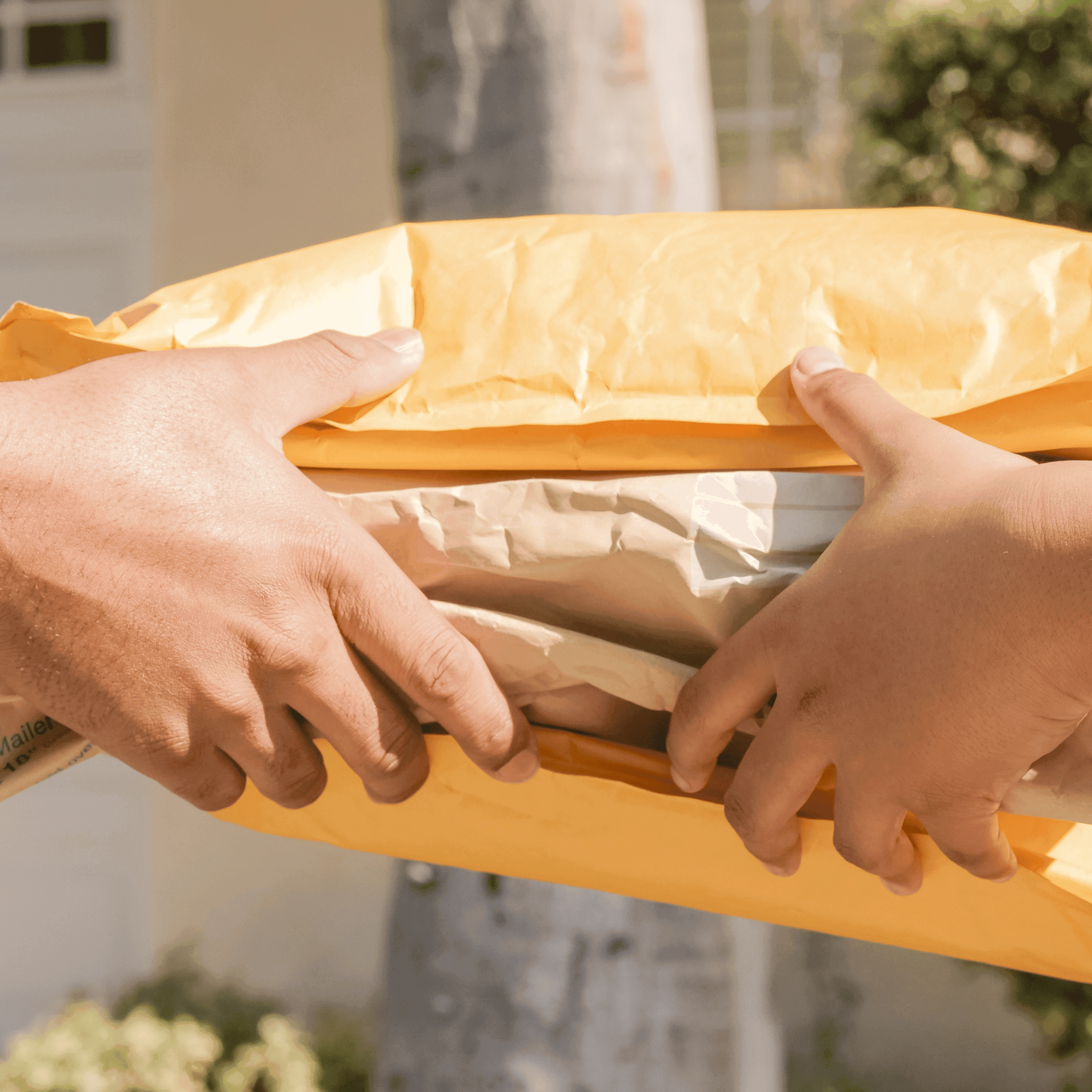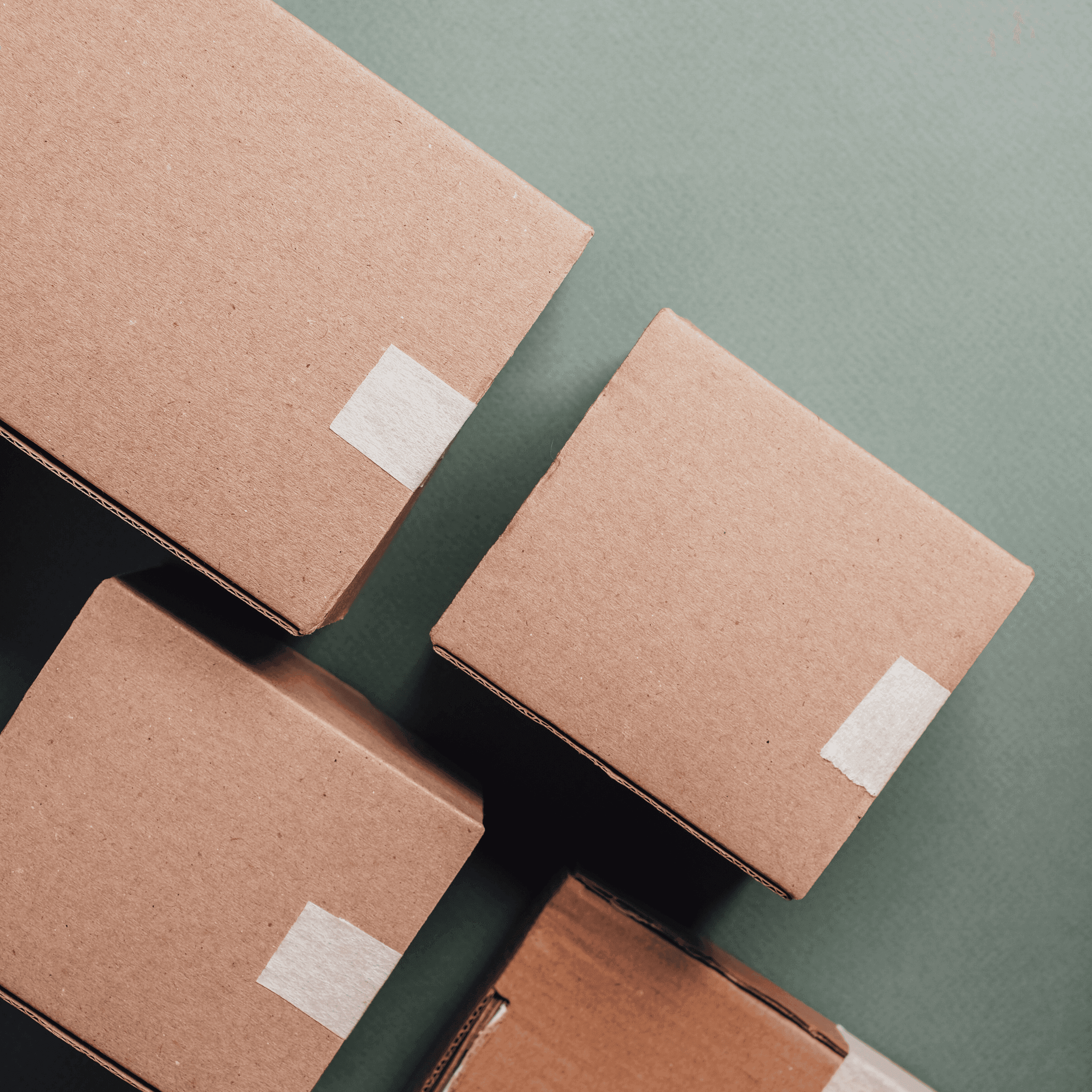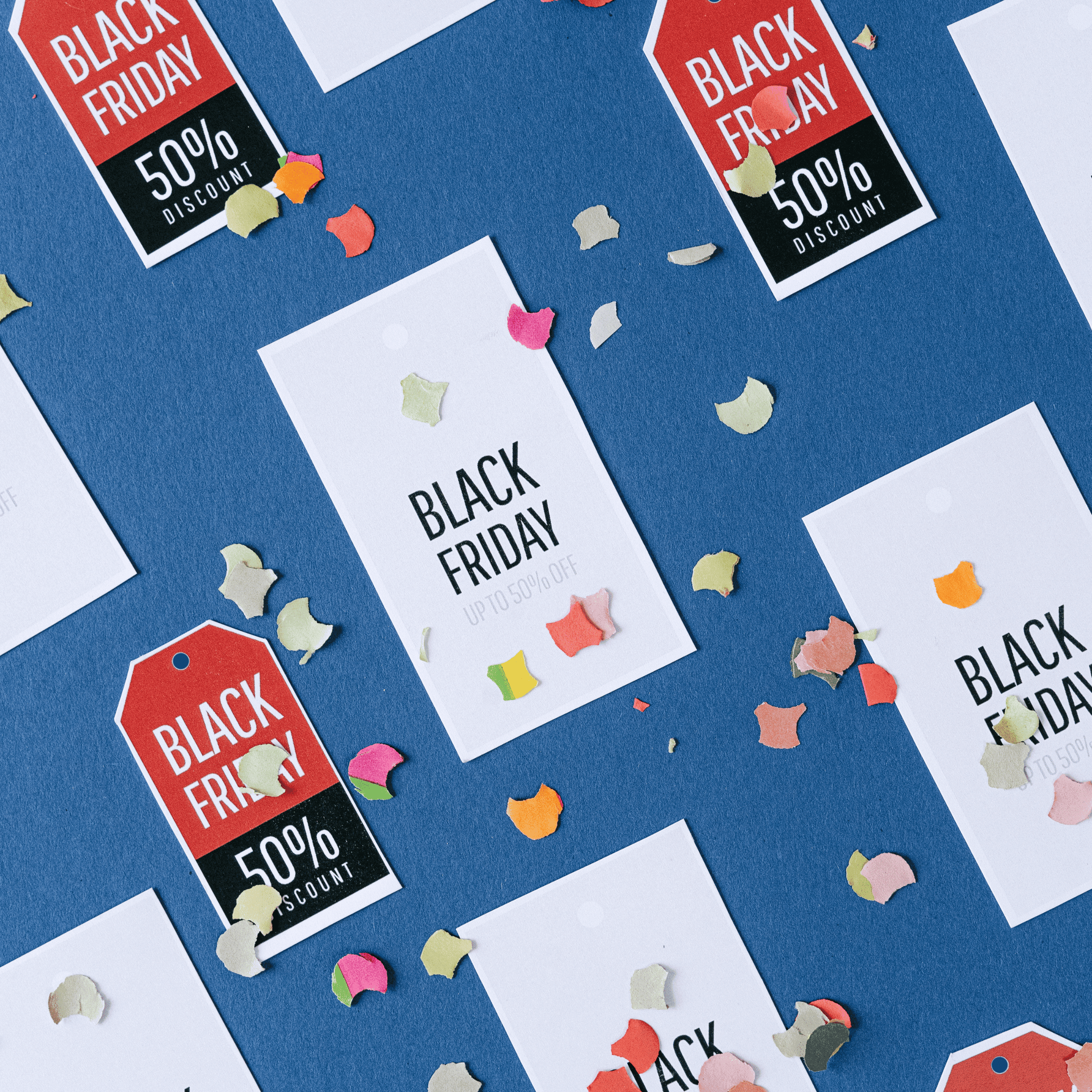Buy Now, Pay Later (BNPL) has moved from niche checkout option to mainstream payment method across Ecommerce. Beyond boosting cart conversion and average order value (AOV), BNPL reshapes how inventory turns, orders release and returns cycle through a warehouse. For third-party logistics providers (3PLs) and in-house fulfillment teams, the ripple effects show up as different order rhythms, SKU mixes, and labor requirements—often within the same day. This article breaks down how BNPL alters volume patterns and what operational shifts smart fulfillment teams are making to stay ahead.
What BNPL Changes at Checkout—and Why it Matters in the Warehouse
At checkout, BNPL reduces perceived risk and upfront cost for shoppers. That drives three tangible outcomes that directly impact the warehouse:
- Higher Conversion Rates: More shoppers finish the purchase, increasing total order lines to pick and pack.
- Bigger Baskets: Customers stretch into bundles, upgrades, or accessories, shifting from single-line to multi-line orders.
- More Promotional Elasticity: BNPL stacks with sales/creatives, producing sharper spikes when campaigns hit.
Each of these outcomes amplifies volume variability downstream. Instead of a smooth order curve, fulfillment sees sharper peaks, heavier multi-line orders, and more return-sensitive categories in the mix.

The Four Distinct Volume Patterns BNPL Tends to Create
- Campaign Spikes with “Long Tails”
BNPL-enabled promotions, influencer drops, or payday-anchored ads trigger a fast surge—followed by a slower taper as BNPL remarketing and abandoned-cart nudges pull late buyers back in. Warehouses must plan not just for launch day, but for a secondary wave 24–72 hours later. - AOV-Driven Complexity
When baskets grow, so does order complexity: more picks per order, more inner-pack handling, more dunnage, and a higher chance of split shipments if inventory isn’t positioned correctly. Volumes may not double, but total touches can. - Day-Of-Week and Payday Seasonality
BNPL purchases skew to pay cycles. Fridays and end-/beginning-of-month windows trend heavier, which translates to staffing and dock scheduling considerations that differ from classic mid-week Ecommerce patterns. - Return and Exchange Aftershocks
BNPL lowers friction to buy—and sometimes to second-guess. Certain verticals (apparel, footwear, accessories, consumer electronics accessories) see elevated exchanges/returns. Reverse-logistics volumes climb 7–14 days post-delivery, hitting receiving and QA benches just as outbound peaks cool.
How BNPL Alters Inventory and Slotting Strategy
- Faster Movers, Wider Tops: BNPL doesn’t just lift one hero SKU; it pulls up near-adjacent price points and add-ons. Your “top 20%” of SKUs broadens, and you’ll need to re-slot more often to keep fast movers in golden zones.
- Bundle and Accessory Attach Rates: Expect higher attach on cases, chargers, refills, or care kits. Keeping these in proximity—zone-picking or dynamic slotting—cuts travel time and reduces miss-picks.
- Safety Stock Recalibration: Variability goes up. Safety stock should incorporate BNPL campaign calendars and pay-cycle effects, not just historical run-rates.

Labor Planning and Shift Design for BNPL Volatility
- Flexible Labor Blocks: Move away from static headcount to modular blocks (e.g., 2–4-hour surge pods) you can add around campaign launch hours or expected payday peaks.
- Pick-Path Optimization: Multi-line orders benefit from wave/batch picking rules tuned for order density rather than raw order count.
- Kitting & Value-Add Scheduling: If BNPL lifts bundle demand, pre-build popular kits during valleys to preserve capacity during spikes.
Packaging, DIM Weight, and Cost Per Order
Bigger baskets change the carton equation:
- Carton Right-Sizing: Avoid auto-up-boxing that triggers DIM surcharges. Maintain a tighter carton assortment and decision logic in the WMS to minimize void.
- Insert Strategy: BNPL customers respond to “keep-and-care” inserts (care cards, size guides, quick-start) that pre-empt returns.
- Fragile Multi-Line Orders: More SKUs in one box raises internal break risk. Revisit dunnage standards, especially for mixed hard/soft goods.
Transportation Mix and SLAs
- Service Level Blends: With higher order value, merchants may push faster delivery promises. Map when BNPL peaks occur and confirm you have enough capacity in 2- to 3-day services without degrading margins.
- Split-Ship Versus Backorder Logic: If the AOV jump pressures in-stock rates, define rules that either split cost-effectively or hold to consolidate. Make these rules transparent at checkout to protect CSAT.
Returns, Exchanges, and Fraud Controls
- Pre-Emptive Exchanges: BNPL shoppers are receptive to fast exchanges over refunds. Automating size-swap flows and reship labels can shorten the returns loop and keep revenue intact.
- Photo/Barcode-First QA: Speed intake with scan-based disposition and photo QA to protect against claim abuse.
- Hold and Verification Rules: Set balanced verification for high-ticket BNPL orders (address, phone, velocity checks) without throttling conversion.

Data You Should Pipe from BNPL to the WMS/OMS
Even if the WMS never “charges” the payment schedule, it should ingest helpful signals:
- BNPL Flag & Provider: Klarna/Afterpay/Affirm/etc. Use as a dimension in demand forecasting and post-promo analysis.
- Authorization Status & Risk Score (If Available): Route higher-risk orders for a short hold or extra address validation.
- Checkout Line Items and Bundle Logic: Ensure item-level detail matches WMS waves; avoid late bundle expansion that breaks pick plans.
- Promotional/Payday Tags: Tags from the cart (“Labor Day BNPL,” “Payday Push”) help planners look back and tune labor for the next cycle.
Forecasting BNPL-Driven Demand: A Practical Model
- Overlay Calendars: Combine promo calendars, payday schedules, and provider-run campaigns in one view.
- Create A “BNPL Uplift” Coefficient: Start with a conservative multiplier on conversion and AOV for tagged campaigns; refine after 2–3 cycles.
- Model Two Peaks: Launch-day surge and 24–72 hour retargeting wave. Staff to both.
- Simulate Reverse Flow: Forecast returns/exchanges 7–14 days post-delivery to staff receiving and QA.
Merchandising and Assortment Tactics That Reduce Operational Pain
- Steer Toward “Fulfillment-Friendly” Bundles: Pre-kit popular combos to one SKU to cut picks and error risk.
- Size & Fit Tools: The best return is the one that never happens. Invest in size guidance on PDPs and post-purchase education (via inserts or email).
- Attach Rate Guardrails: If DIM costs rise, throttle auto-suggested add-ons that tip the carton into the next size tier.

Customer Service Integration
- Proactive Order Status: BNPL shoppers are more likely to check status. Push real-time tracking and clear ETAs to deflect tickets.
- Fast Exchange Portal: One-click exchange flows retain revenue and reduce refund-related BNPL complications.
- Policy Clarity: Spell out how BNPL affects refunds, partial returns, and store credit. Give CS the same playbooks ops uses.
Compliance, Finance, and Reconciliation
- Clear SOPs for Partial Returns: If an order has four items and two are returned, define how refunds and fees reconcile with the BNPL provider.
- Chargeback Playbooks: Store photo QA and scan trails to respond quickly to disputes.
- Cash-Flow Forecasting: BNPL can front cash differently from standard gateways; align AR expectations with fulfillment and procurement schedules.
International Considerations
- Provider Coverage: Not all BNPL providers operate uniformly across markets. If you rely on one partner for conversion lift, plan alternates in priority markets.
- Duties/Taxes on Returns: Codify who pays what on cross-border returns to avoid margin erosion.

Implementation Roadmap for 3PLs and Brands
- Tag and Track BNPL Orders End-To-End
Add a BNPL flag in your OMS/WMS. Split analytics by provider, campaign, and service level to see the true operational cost. - Tune Slotting and Pick Logic for Multi-Line Orders
Re-slot fast movers monthly during BNPL seasonality. Shift from discrete to batch waves when AOV climbs. - Stand Up a Surge-Labor Playbook
Build 2–4-hour surge shifts aligned to promo calendars and pay cycles. Cross-train staff for receiving to handle the returns aftershock. - Optimize Cartonization and DIM Rules
Update carton logic quarterly. Test inserts that reduce returns on your top returned SKUs. - Tighten Reverse Logistics
Barcode-first intake, photo QA, and auto-disposition rules (restock, refurb, recycle) keep receiving fluid during BNPL peaks. - Coordinate CX and Policy
Align refund/exchange timelines with BNPL provider policies. Offer instant exchanges where feasible to keep revenue in-house. - Run Post-Mortems After Each BNPL Campaign
Compare planned vs. actuals: pick rates, touches/order, cost/order, SLA hit rates, and returns window. Adjust coefficients and staffing blocks accordingly.
Where A 3PL Adds the Most Value
A strong 3PL mitigates BNPL volatility by:
- Integrations and Data Visibility: Clean handoff from cart to WMS/OMS with BNPL tags, promo codes, and risk flags preserved.
- Flexible Labor and Space: Surge staffing, cross-trained teams, and staging capacity for both outbound and reverse.
- Kitting and Packaging Expertise: Pre-built bundles, right-sized cartons, and protective materials that control DIM and damage rates.
- Returns Infrastructure: Fast intake, real-time disposition, and automated exchanges to protect revenue and customer experience.
- SLA Discipline: Carrier diversification and service-level routing that holds promise dates even when the order mix gets heavier.
BNPL Fulfillment Readiness Checklist
- BNPL order flag flows from checkout to WMS/OMS
- Promo and payday calendars integrated with labor planning
- Updated slotting for expanded “fast 20%” SKU set
- Cartonization rules tested against new AOV patterns
- Surge labor blocks scheduled around expected peaks
- Reverse-logistics SOPs tuned for 7–14 day returns window
- Exchanges prioritized over refunds where possible
- CX policies synced with BNPL provider rules
- Post-campaign review cadence established
Talk to a Fulfillment Partner That Plans for BNPL Volatility
If BNPL is lifting your conversion but creating uneven warehouse days, it’s solvable. A data-driven 3PL can integrate your payment tags, forecast true labor needs, right-size packaging, and tighten reverse logistics—so you keep the upside without sacrificing margins or SLAs. Let’s map your BNPL calendar to a fulfillment plan that scales smoothly.

Partner with a 3PL that can handle BNPL-driven spikes.






